…but her notebook still holds a serious threat!
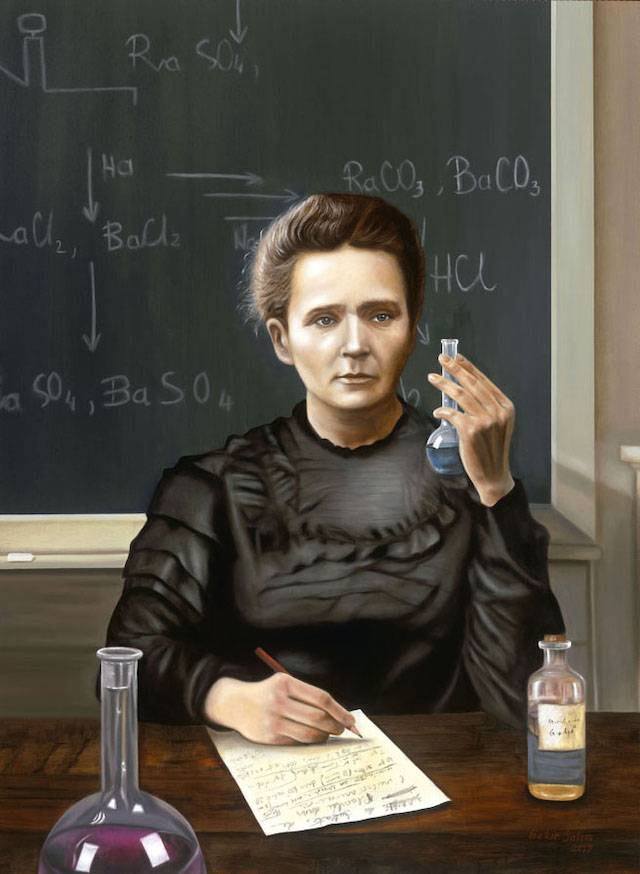 Considered to be one of the most famous 20th-century scientists, Marie Curie is the only person to win two Nobel prizes in two different fields. Defying the expectations for what a woman should be during her time, Curie paved the way for our understanding of radioactivity. She also discovered two new elements, but not without paying a horrific price…
Considered to be one of the most famous 20th-century scientists, Marie Curie is the only person to win two Nobel prizes in two different fields. Defying the expectations for what a woman should be during her time, Curie paved the way for our understanding of radioactivity. She also discovered two new elements, but not without paying a horrific price…
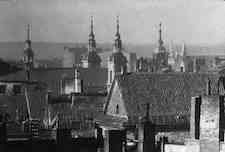 Growing Up in Poland
Growing Up in Poland
Born in Warsaw, Poland in 1867, Marie was the youngest of five children. Both of her parents were respected teachers in the area who tried to instill a passion for learning in their children. Unfortunately, the political climate of the country made things difficult for her family.
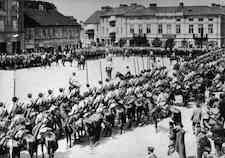 The Price of Rebellion
The Price of Rebellion
During the 18th-century, the country had been divided by force between Austria, Prussia, and Russia. Marie’s parents and grandparents had been rebelling against the split their entire lives. However, the price for their convictions was high and cost them money and power.
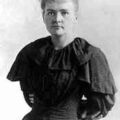 Gender Biased
Gender Biased
With a rough start to life, Marie found herself always coming up against new obstacles, especially as a woman. Despite her academic success at school, she was unable to continue her studies due to being a woman. However, she was determined and enrolled in an illegal, underground university known as Flying University to continue her studies.
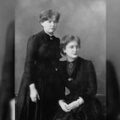 Working as a Governess
Working as a Governess
In order to make money, Marie worked as a governess to support herself. She also helped fund her sister’s studies so she could become a doctor. Later, her sister would invite her to come study in Paris.
Unfortunately, Marie did not have the financial resources to pick up and move.
 Prioritizing Education
Prioritizing Education
Since she could not join her sister, Marie continued her studies and also took practical chemistry lessons at Warsaw’s Museum of Industry and Agriculture. There she excelled beyond the other students and it would be in 1891 when she finally decided to join her sister in Paris.
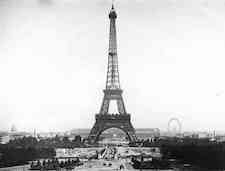 A new journey was about to begin…
A new journey was about to begin…
Onward to Paris
Once in Paris, Marie enrolled at the University of Paris to continue her education. During this time she lived in a garret near the Latin Quarter. Winters were brutal and Marie spent quite a few winters frail and starving.
Pursuing Her Dream
However, hardship was not something that would stop Marie. She put her head to the grindstone and furthered her studies in math, chemistry, and physics. In order to support herself, she taught in the evenings and by 1893 she graduated with a physics degree and landed a job in a laboratory.
 A Shared Passion
A Shared Passion
While working at her job in the lab, Marie was introduced to Frenchman Pierre Curie by a dear friend and fellow physicist. Marie and Pierre hit it off right away, sharing a love for natural sciences. As time went on, a relationship bloomed.
Wedding Bells
Pierre would eventually ask for Marie’s hand in marriage, but due to her passion to continue her studies and an outstanding application at the university in Warsaw she turned him down. When Marie returned to Poland, she was dismayed to discover that the university still would not accept women despite her credentials.
Returning to France
Feeling quite rejected, Pierre suggested Marie return to France and work towards her doctorate. Reluctantly, Marie returned and the couple was married in July 1895. Together they would end up one of the most powerful couples in the history of science.

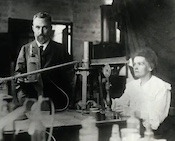 Match Made in Heaven
Match Made in Heaven
During this time, Marie found herself fascinated by X-rays, which had been discovered by a German physicist, Wilhelm Rontgen. Since no one at the time knew how X-rays worked, Marie became determined to find out.
A New Discovery
A year after the discovery of X-rays, a French scientist discovered that uranium emitted X-rays without an external power source. It was during this time a fascinated Marie Curie began her research. 
A Clever Invention
To help Marie with her research, Pierre and his brother built an electrometer that measured electrical charges. It was with this device that Marie found out uranium gives off an electrical charge. This would be a pillar for understanding atomic physics later on.
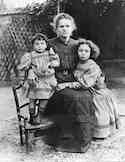 Proud Polish Daughters
Proud Polish Daughters
Marie and Pierre had two daughters during their marriage. One born in 1897 and the other in 1904. Named Iren and Eve, Marie made sure her girls were proud of their Polish heritage and ensured they spoke Polish.
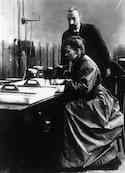 Amazing Research Results
Amazing Research Results
It would be 1898 when Marie Curie and her husband’s research finally paid off and they discovered two new elements: polonium and radium. In 1903, Marie would go on to win the Nobel Prize with her husband, thanks to their groundbreaking work on radiation. Marie was the first woman to receive the Nobel Prize, thanks to her essentially discovering radiation.
Tragedy Strikes
Sadly, Marie’s joy would be short-lived. In 1906, Pierre died in a horrible accident. Knowing he would want their research to continue, she took on the role of chair at the University of Paris. She would be the first woman professor at the university.
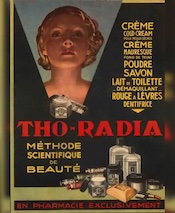 Second Nobel Prize
Second Nobel Prize
It would be 1911 when Marie would be honored with the Nobel Prize for the second time. Recognizing her advanced research in chemistry, Marie’s research would spawn new beverages and skin creams. Unfortunately, no one understood what exposure to radiation could do to the body…
No Protection from Radioactive Materials
Throughout the years studying radiation, Marie never wore any type of protection. She kept radioactive test tubes in her pockets and even had jars of the material in her desk drawers. When she worked as a radiologist during World War I, the X-ray unit she operated exposed her to even more high doses of radiation.
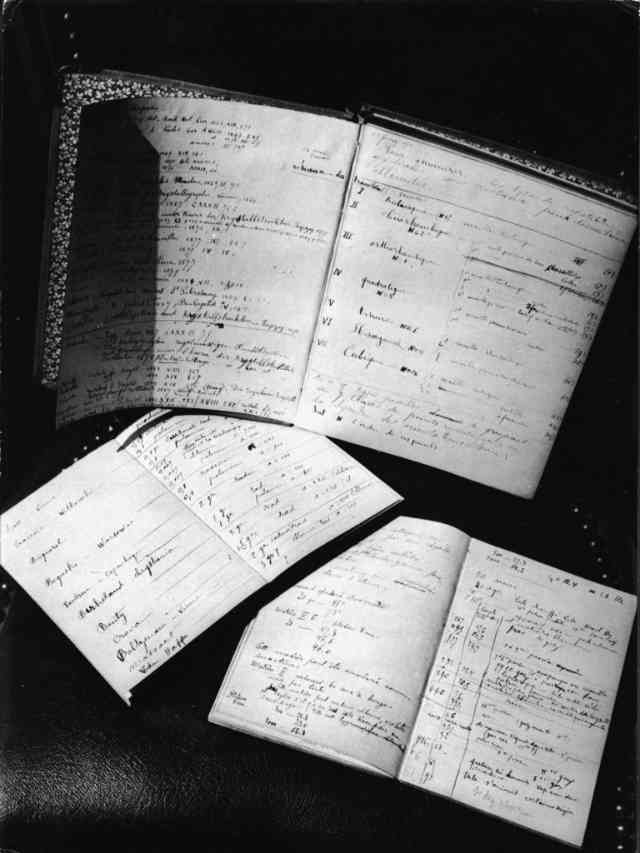 This led to Marie developing cataracts and she almost went blind.
This led to Marie developing cataracts and she almost went blind.
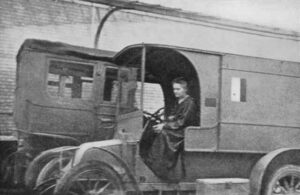 Death from Exposure
Death from Exposure
Sadly, it would be Marie’s research that she devoted her entire life to that would ultimately do her in. Based on what we know today, it’s a miracle she survived as long as she did. Marie would die in 1934 at the age of 66 from aplastic anemia. Her journals are currently held at the Bibliotheque Nationale in Paris. They are so radioactive, they must be kept in lead boxes and are too dangerous to handle without protective clothing.
Despite her untimely death, Marie forged new paths in science, making advancements we continue to benefit from to this day. Unfortunately, her passion would cost her everything.
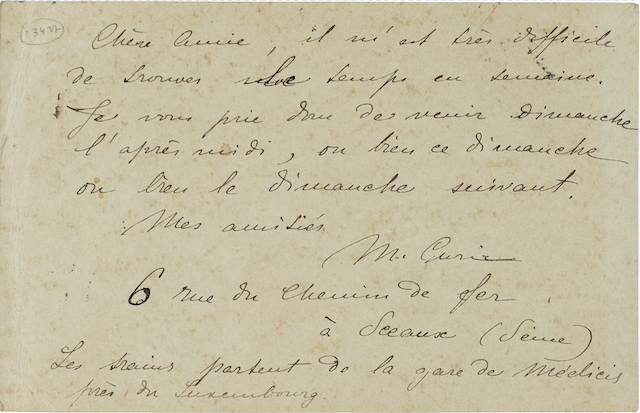
Marie Curie, signed postcard
Written by Roman for Hill Reporter – May 7, 2018
